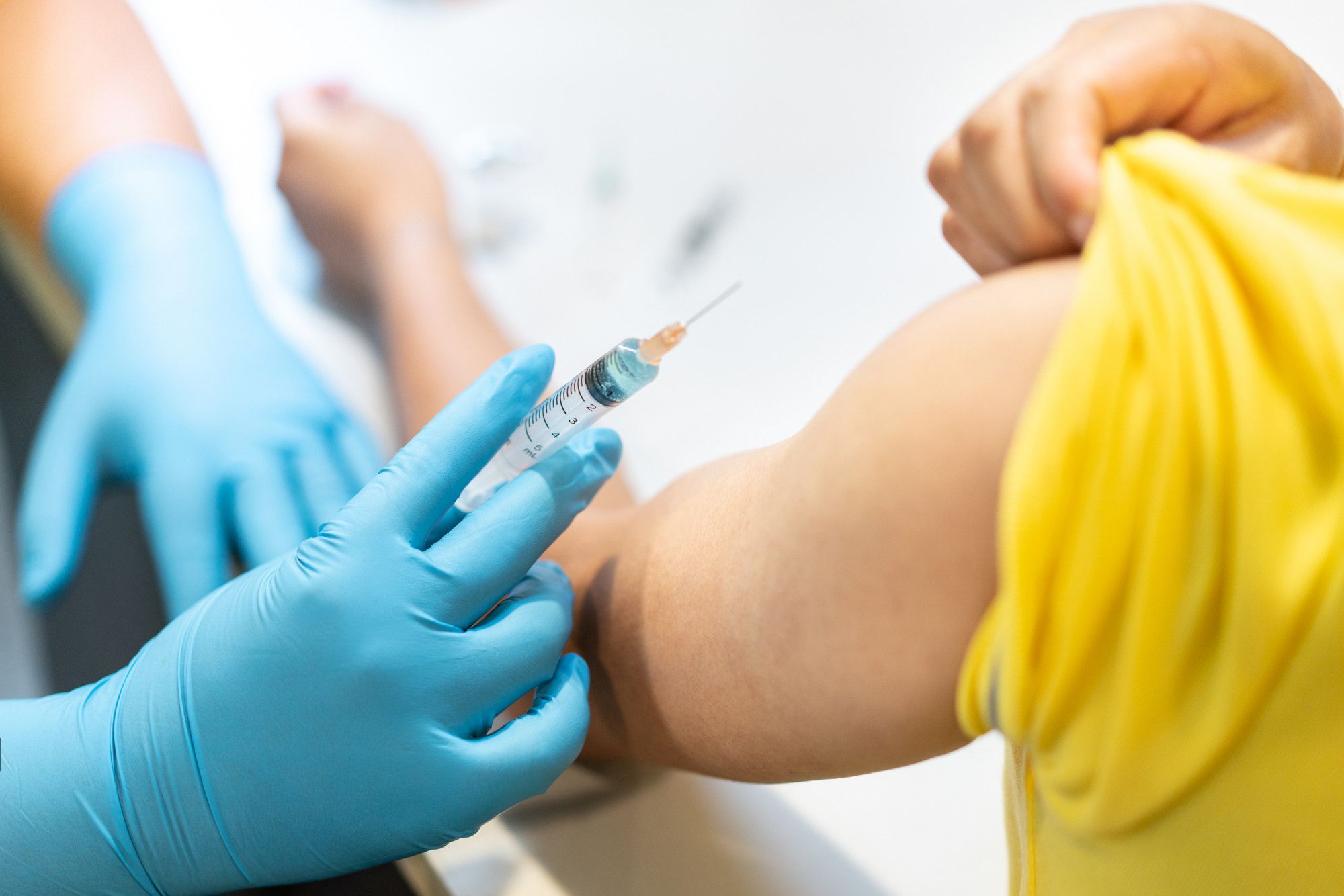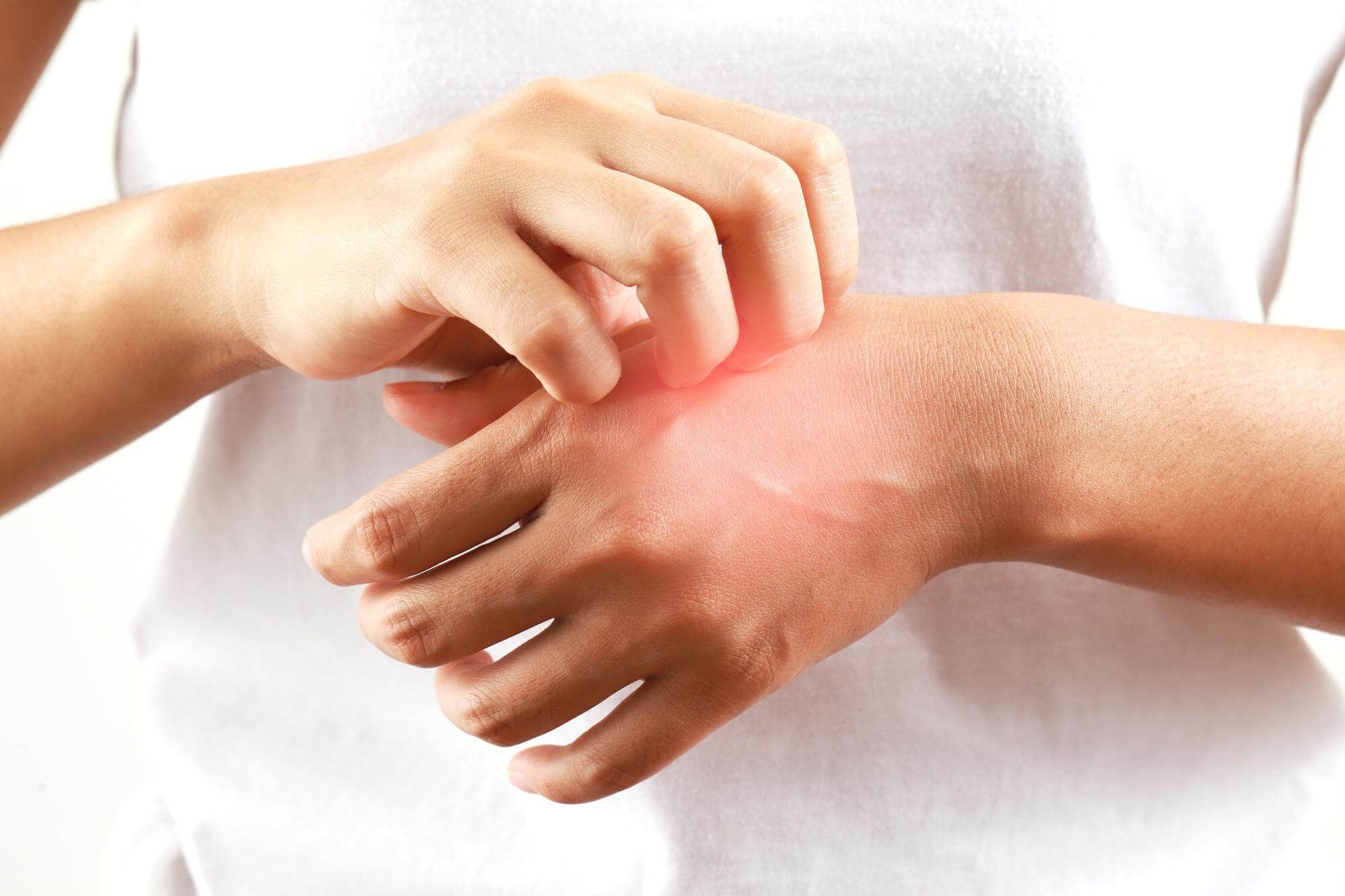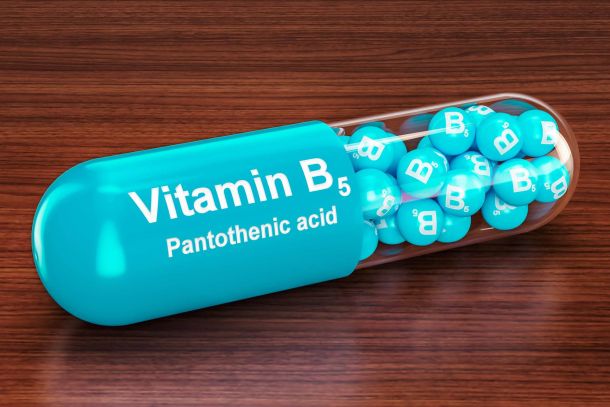Allergy to plaster: how to recognize and treat?
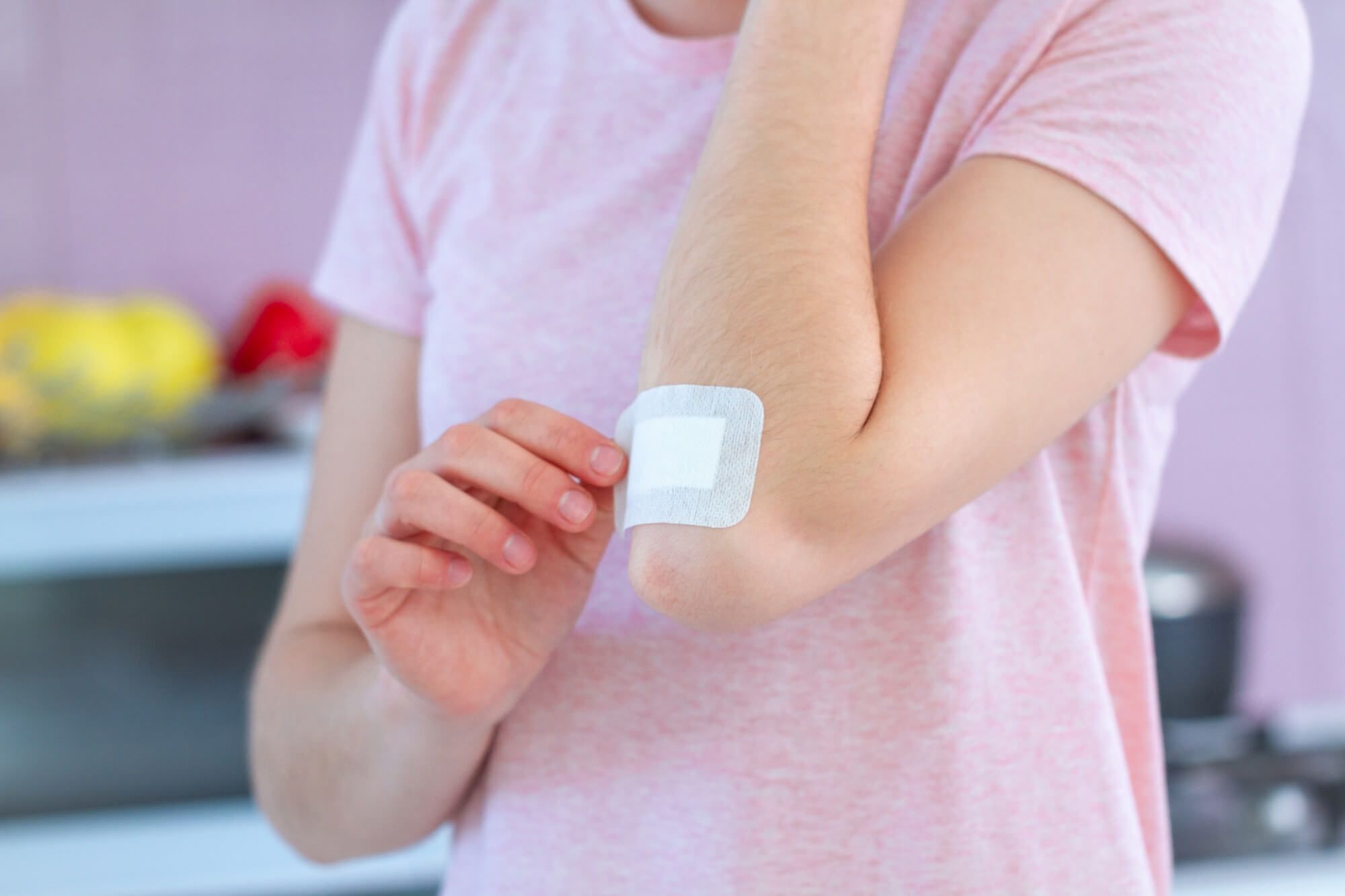

Eva Zakharova
Patch allergy: what is it?
Bandaid allergy is an allergic reaction of the body to the components of the band-aid. The most common causes of allergies from plaster are the chemical composition and types of plaster materials. Let's understand more about the causes, symptoms and treatment of this allergy.
Causes of patch allergy
The main cause of allergies to the patch is often the content of various chemicals in them. For example, an allergy to a band-aid can occur due to the adhesive composition containing acrylates, rubber and solvents. Also some band-aids contain antiseptics that can cause an allergic reaction.
Types of band-aid materials
Allergies to the band-aid can also occur because of the materials from which the band-aid itself is made. For example, the pepper patch contains capsaicin, which causes skin irritation. Also, post-operative patches may contain latex, which causes allergies in some people.
Patch allergy symptoms
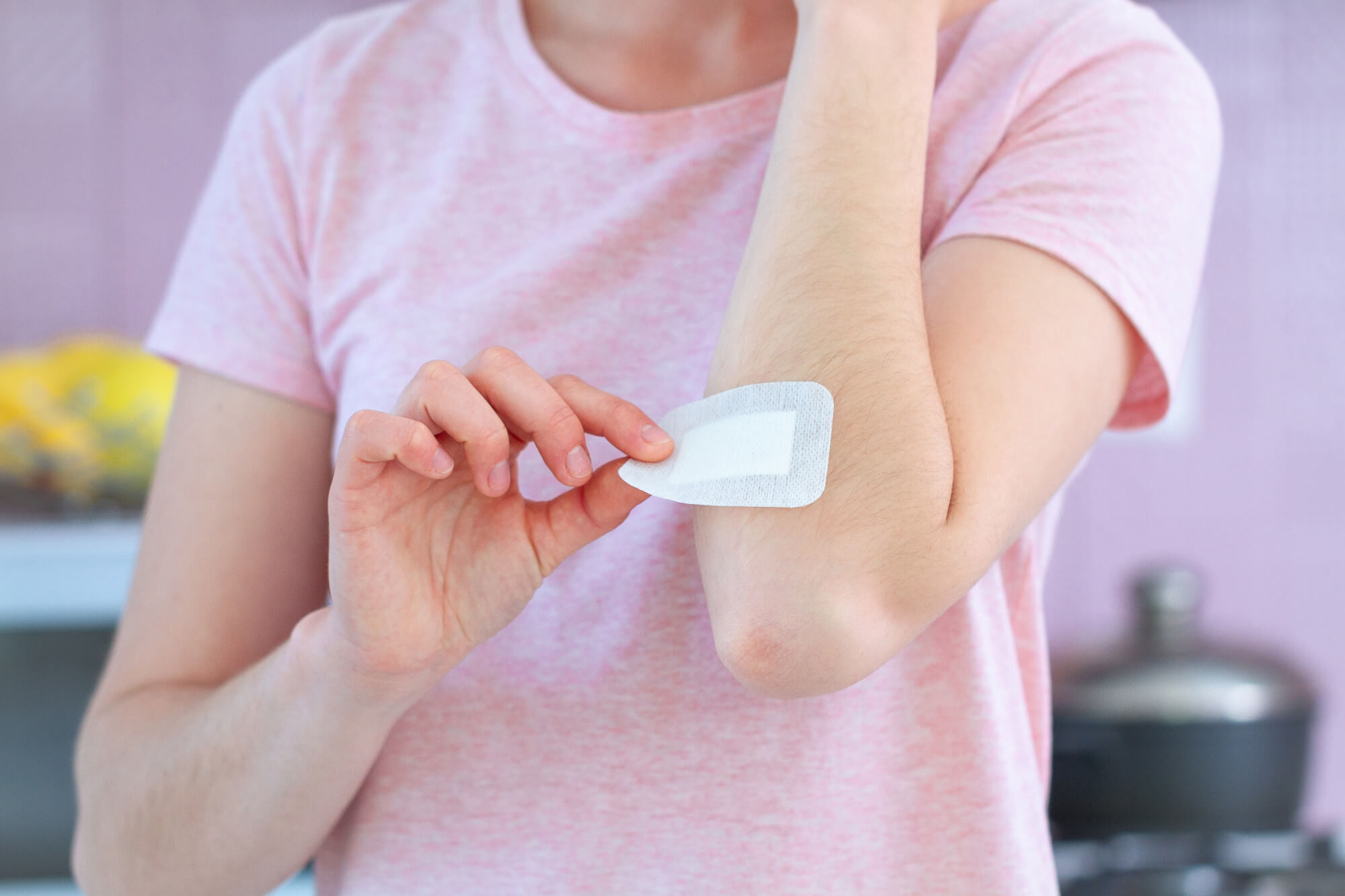
- Allergies from the patch usually manifest themselves with skin symptoms. These include itching, redness, inflammation, swelling, and a rash at the site of contact with the patch. In some cases, blisters and sores may form on the skin.
- In rare cases, patch allergy may cause general symptoms such as palpitations, shortness of breath, nausea, and dizziness.
How do I diagnose a patch allergy?
To diagnose patch allergy, your doctor may prescribe skin allergy tests. This involves applying small amounts of the allergen to the skin and observing the reaction. If redness or itching occurs, the diagnosis of allergy can be confirmed.
Diagnosis using patch tests
Another way to diagnose patch allergy is to use special patch tests. They contain the same substances as conventional plasters and are adhered to the patient's skin. If allergic manifestations occur on the skin within a certain period of time, this indicates the presence of an allergy to the patch.
How do I treat a patch allergy?
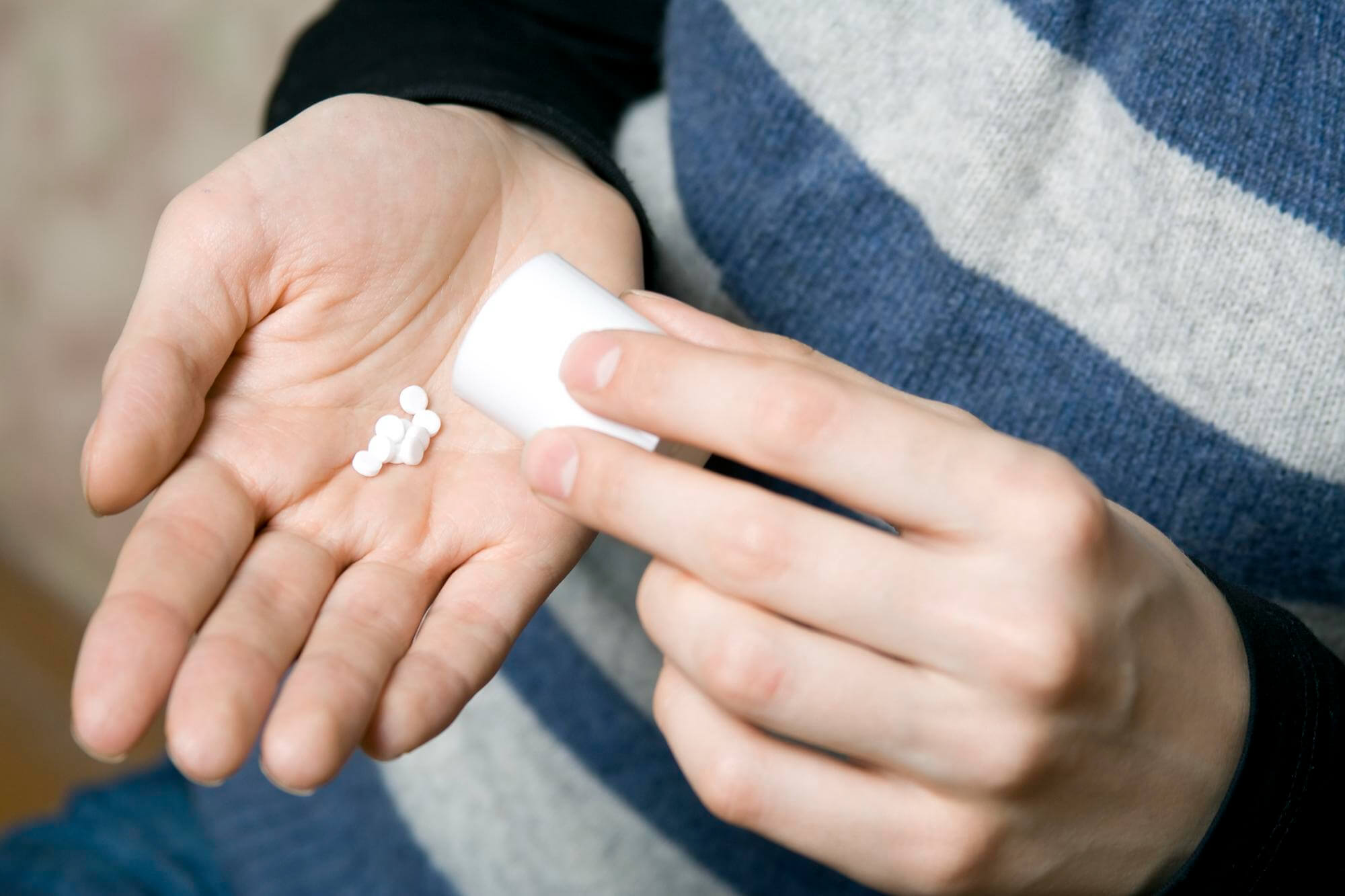
The first step in treating a patch allergy is to remove the patch and gently clean the skin. This can reduce irritation and speed up healing.
Your doctor may prescribe antihistamines, such as Loratadine, Setirizine or Phenistil, to relieve itching and reduce inflammation.
In some cases, the doctor may recommend the use of glucocorticosteroid ointments, such as Hydrocortisone or Betamethasone, to reduce inflammation and heal the skin. These ointments should only be used as prescribed by a physician and in strict accordance with the instructions.
How do I prevent an allergic reaction to the patch?
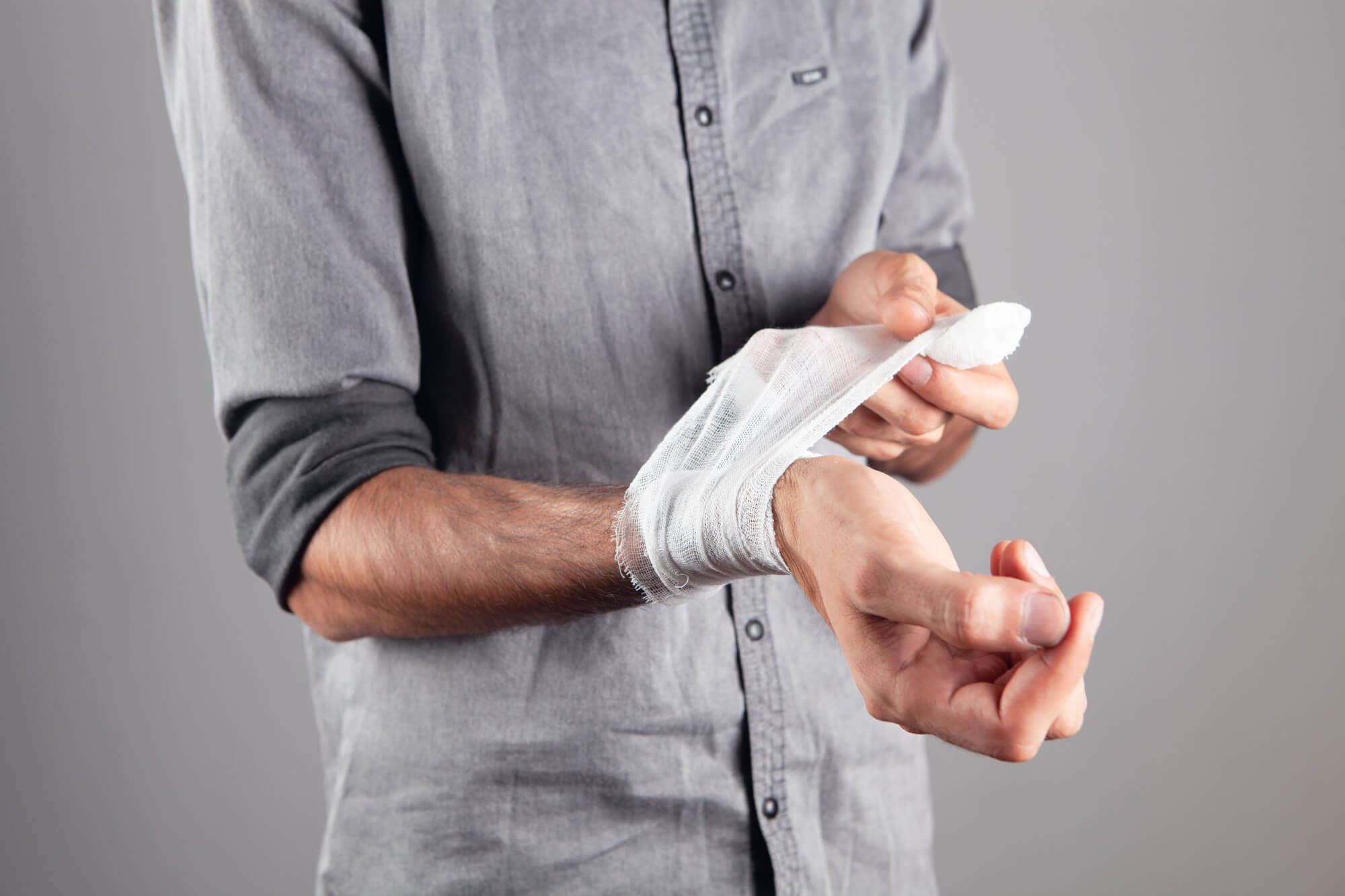
To prevent a patch allergy, you should choose patches made of hypoallergenic materials such as silicone or hydrocolloid. Such patches are usually well tolerated by most people and cause less skin irritation.
Alternative methods of bandaging and wound care
If you do have a band-aid allergy, it is worth considering alternative methods of securing bandages and treating wounds. For example, you can use gauze bandages secured with a special bandage, or hypoallergenic gel-based products that provide protection and moisture for wound healing.
In conclusion, patch allergy is a fairly common problem caused by the chemical composition or materials of the patches. To avoid an allergic reaction, it pays to choose hypoallergenic patches, conduct sensitivity tests, and use alternative methods of bandage attachment and wound treatment if necessary. If allergies do occur, see a doctor who will prescribe adequate treatment, including antihistamines and glucocorticosteroid ointments.
New materials
Popular Articles
We recommend reading
Contact us in the Contact Us section to ask questions, offer ideas, or for more information about our allergy resource.
Our articles are your trusted source of allergy knowledge. Learn how to make life with allergic reactions easier on our specialized portal.
©
Lechenie-Allergii.com. All rights reserved.
© Lechenie-Allergii.com. All rights reserved.
The information on this site is for informational purposes only and is not a substitute for professional medical advice. We recommend consulting with qualified medical professionals for accurate information and advice.
 English
English  Українська
Українська  Русский
Русский 
